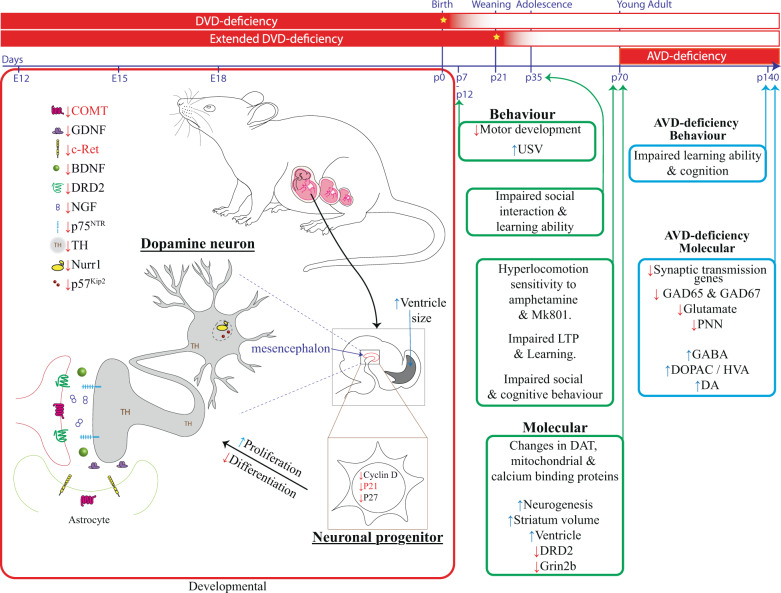Fig. 1. Timelines of vitamin D deficiency in preclinical studies is depicted along with reported alterations.
Red boxes depict the period of vitamin D deficiency. Yellow star indicates the time when the normal vitamin D containing diets were reintroduced. Preclinical studies of developmental vitamin D (DVD) deficiency show extensive alterations to developing dopamine (DA) neurons, neuronal differentiation, alterations to brain structure and behavioral phenotypes of interest to schizophrenia (green boxes). DVD deficiency reduces many DA-related genes. Multiple vitamin D response elements (VDREs) have been predicted in the promoters of all genes listed (in silico in black text) using the online software (MoloTool, Transcription Factor Motif Location Toolbox Version 11) [144]. Those genes listed in red have been functionally validated, i.e directly regulated by liganded VDR interacting with VDREs within their promoters. Preclinical studies of adult vitamin D (AVD) deficiency show a number of neurotransmitter alterations and impaired cognition (blue boxes). DVD deficiency developmental vitamin D deficiency, AVD deficiency adult vitamin D deficiency, E12–E18 embryonic days 12–18, p0–140 postnatal days 0–140, COMT Catechol-O-methyltransferase, GDNF glia-derived neurotrophic factor, cRET ret proto-oncogene, DRD2 dopamine receptor D2, NGF nerve growth factor, BDNF brain-derived neurotrophic factor, p75NTR neurotrophin receptor P75, TH tyrosine hydroxylase, Nurr1 nuclear receptor-related 1, p57kip2 cyclin-dependent kinase inhibitor 1C, p21 cyclin-dependent kinase inhibitor 1A, p27 cyclin-dependent kinase inhibitor 1B, USV ultrasonic vocalization, LTP long-term potentiation, DAT dopamine transporter, Grin2b glutamate ionotropic receptor NMDA type subunit 2B, GAD glutamate decarboxylase, PNN perineuronal net, GABA gamma-aminobutyric acid, DOPAC 3,4-Dihydroxyphenylacetic acid, HVA homovanillic acid (Color figure online).

